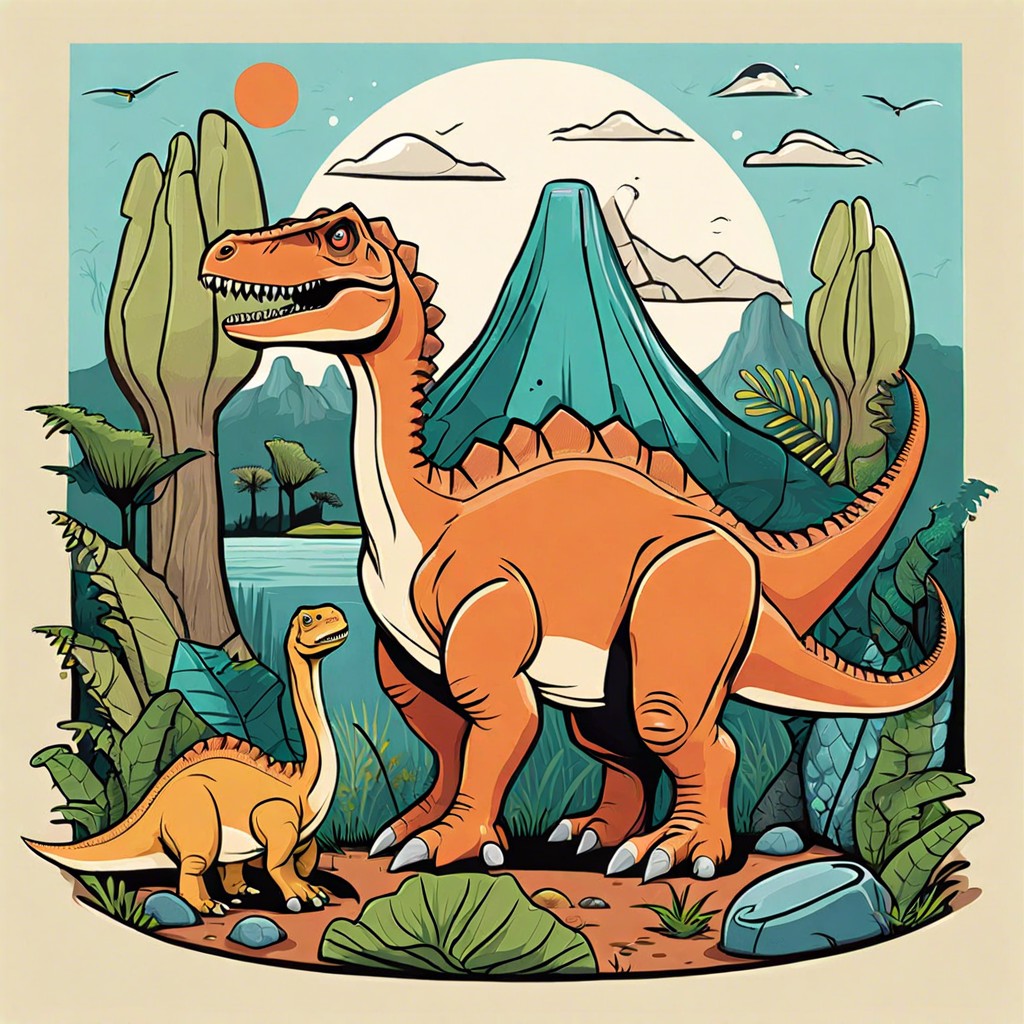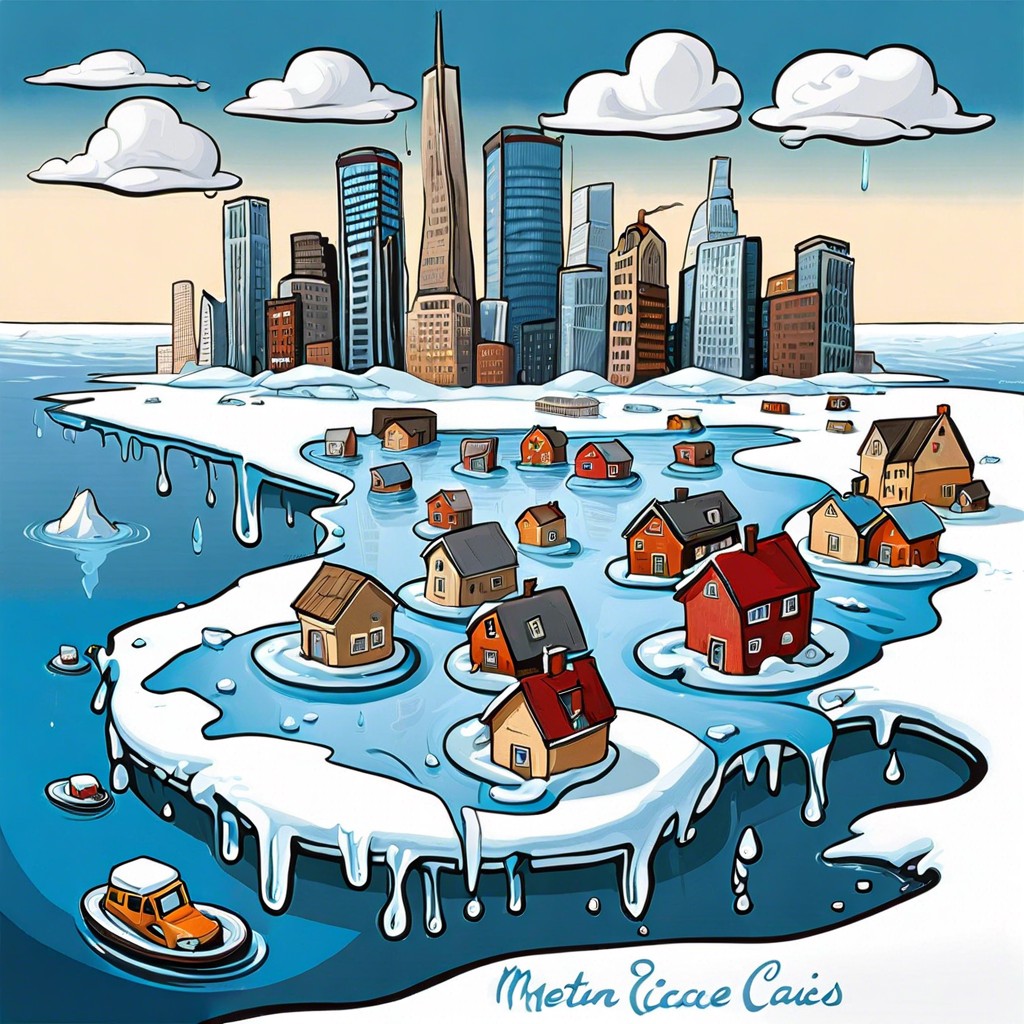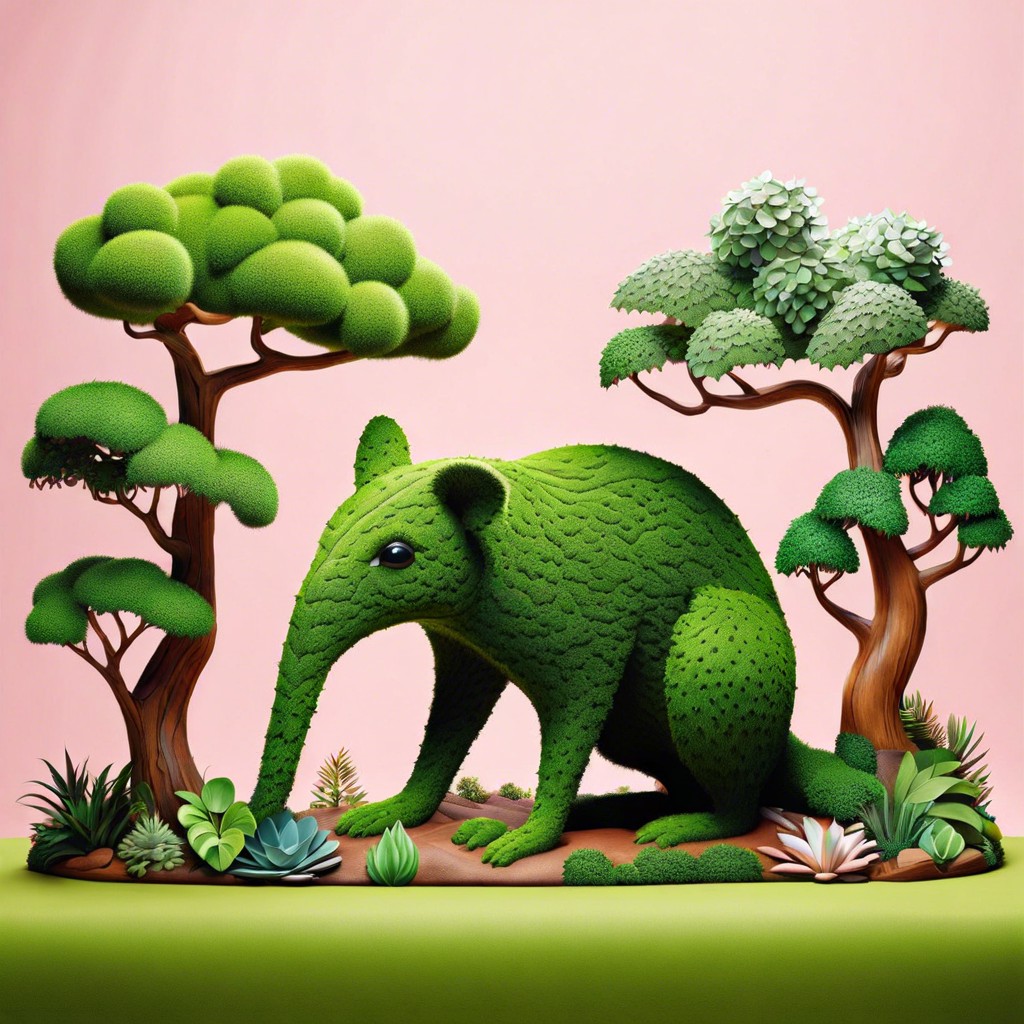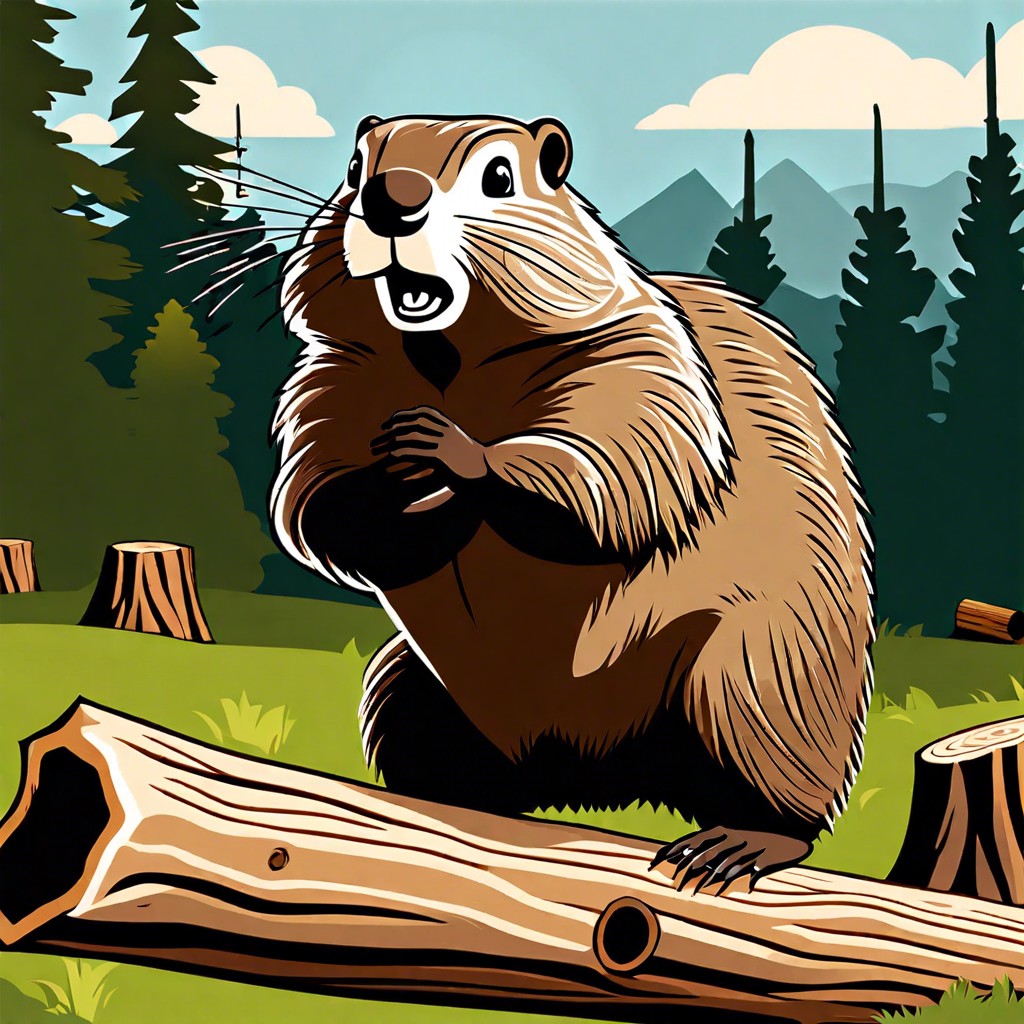Discover how our modern world might look and function if dinosaurs were still roaming the Earth alongside humans and contemporary wildlife.
Imagine a world where your morning jog in the park might involve dodging a T-Rex, or your weekend hike comes with the possibility of literally running into a stegosaurus. Sound wild? It’d transform our modern ecosystems, force humans to adapt and evolve differently, flip industries on their heads, and—admit it—entirely revamp Hollywood’s blockbuster formula. Dive in to explore the mind-boggling consequences of dinosaurs stomping around in today’s world.
Key takeaways:
- Ecosystems would drastically change with predators like T-Rex.
- Humans would adapt with dino-proof infrastructure and lifestyle changes.
- Dinosaurs and humans would coexist, potentially evolving together.
- Industries like insurance, energy, and tourism would transform.
- Entertainment would feature real-life dinos in movies and sports.
Impact On Modern Ecosystems

Forget about squirrels. Imagine stepping out to your backyard and finding a Triceratops munching on your rose bushes. Awkward, right? Ecosystems would get the ultimate makeover, and it wouldn’t be gentle.
First off, predator dynamics would shift enormously. Say goodbye to top-dog lions and tigers; they’d probably be lunch for a T-Rex. Many smaller mammals would have to either evolve quickly or be wiped out entirely.
Then there’s plant life. Huge herbivores like the Brachiosaurus would graze through forests like a lawnmower on steroids, reshaping landscapes in ways we can barely fathom. Rainforests might look like they’ve been through a giant shredder.
Aquatic ecosystems wouldn’t be spared either. Imagine a saunter at the beach with Mosasaurs lurking in the shallows. Fancy a swim? Thought not.
Food chains would be completely rearranged, leaving both plants and animals scrambling to adapt. While some species might benefit, others would find themselves in a sudden struggle for survival, and that could cause a cascade of changes throughout the ecosystem.
Human Survival and Adaptation
Humans would need to overhaul their daily routines. Imagine grocery shopping with a triceratops blocking the parking lot. Cities might introduce dino-proof infrastructure—think high fences and reinforced buildings. Monthly “T-Rex drills” in schools could become as common as fire drills.
Communication would play a crucial role. Authorities might develop apps that alert you of nearby dino-wanderings. Instead of traffic reports, we’d have “dino hotspots.”
Besides structural changes, humans might adapt their lifestyles significantly. Daily jogs could include carrying dino-deterrent sprays. Farm fields would transform into fortress-like compounds to protect crops from herbivorous giants.
On a lighter note, camping would take on a whole new thrill. Forget about bears; ever tried safeguarding your marshmallows from a velociraptor?
Medical science would evolve too. Hospitals would need to prepare for unique injuries, like brontosaurus trampling. A new specialization in dino-related medicine could emerge, providing job opportunities… assuming you’re brave enough.
Evolution and Coexistence
Imagine a world where humans had to share their morning commute with a T-Rex. Trains for people, separate lanes for dinosaurs. The concept of “evolution” would take on a whole new level of complexity.
Humans would need to evolve more robust defense mechanisms, perhaps leading to an accelerated development of technology designed specifically for dino-deterrence. Iron Man suits, anyone?
Dinosaurs might not remain the way we remember them from history books. Perhaps some would adapt to modern ecosystems, maybe even acquiring new dietary habits. Picture a Brontosaurus grazing at your local park—unleashing havoc on picnic salads.
Our existing coexistence with domesticated animals would get a dramatic twist. Would we have pet-friendly zones and dino-friendly zones? Or would there be crossover pets like pint-sized Triceratops for apartment living?
Rivalries would be fascinating. Lions versus Velociraptors for the title of jungle king. Bears versus Allosaurus for the throne of the forest. Human habitats would need invisible force fields, not just regular fences.
School curriculums would expand beyond just learning about dinosaurs from fossils—they’d include real-time ‘Dino Studies’ with field trips to dino-reserves.
Evolution would no longer be a historical concept but a day-to-day survival guide.
Economic and Industrial Implications
Imagine trying to sell life insurance when your client’s biggest worry isn’t cholesterol, but a rampaging T-Rex. The insurance sector would get a serious overhaul, right?
Let’s talk energy. Dinosaurs might love basking in the sun, but they’d hate wind turbines and solar farms making their sunbathing spots obsolete.
Agriculture gets tricky. Farming tyros might find their fields overrun by herds of hungry herbivores, chomping on crops like it’s an all-you-can-eat buffet.
Tourism would boom. Who wouldn’t pay to see a real-life Triceratops on safari? Just don’t forget the dino-repellant.
Transport, too. Every car manufacturer would gear up for dino-proof designs. Say goodbye to convertibles, hello reinforced armored vehicles.
Food industry? Dino burgers anyone? Just kidding. Protecting these creatures would likely be a top priority, but if sharks can make it to the menu, who knows?
Real estate? High-rise living would be more than just preference. Ground-level homes might become dino drive-throughs.
The construction sector would innovate rapidly. Dino-resistant buildings, bridges, and barriers become essentials, adding new dimensions to design and safety codes.
Wall Street’s got dino fever too. Stocks in dino-related sectors skyrocketing. The phrase “bull market” might feel a lot more literal and horned.
Jobs galore in dino management, biology studies, and, let’s not forget, dino daycare. Think Jurassic Park, but with less Spielberg dramatics.
Economies adapt. Industries innovate. And everyone’s got a dino story to tell by the water cooler. Fast-changing landscape, but with a few more teeth.
Cultural and Entertainment Changes
Imagine the Oscars with a new category: Best Dinosaur Performance. Jurassic Park would shift from thrilling fiction to an average Tuesday. Theme parks would feature real-life dino rides. Dialogues in movies could include characters asking, “Should we take the car or the triceratops?”
Fashion could see a spike in stegosaurus-scale accessories. Kids’ toy aisles would revel in lifelike (and maybe a tad too realistic) T. rex happy meals.
Even sports wouldn’t be spared. Dino racing, anyone? Betting on a velociraptor might become a thing. Gladiator fights with dinosaurs might even bring back ancient Roman vibes, but let’s hope only in virtual reality.
On the literature front, forget vampires and werewolves. Dinosaur romance novels would devour the market. “Pride and Prejudice and Velociraptors” has a certain ring to it, don’t you think?




